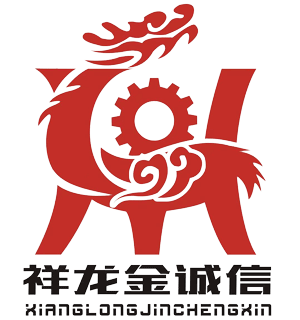How does an automatic blow moulding machine reduce labor costs?
Time : 2025-09-10
Lowers Worker Training Costs
Semi-automatic blow moulding machines require workers to learn multiple skills: understanding temperature control, adjusting mould pressure, spotting defective products, and fixing common problems. Training a new worker usually takes 4-6 weeks, and factories have to pay trainers and cover the cost of wasted materials during practice (since new workers often make mistakes).
Automatic blow moulding machines make training much simpler. The machines are controlled via easy-to-use touchscreens with pre-set programs—operators only need to learn how to start or stop the machine, check key indicators (like temperature and production speed), and respond to alerts (such as low raw material or mould errors). Most workers can be trained in 1-2 weeks, and there’s less material waste during training because the machine’s automated quality control reduces mistakes. Also, since the machine handles complex tasks (like adjusting moulds), operators don’t need to learn advanced technical skills—this cuts the cost of hiring skilled workers (who usually ask for higher wages). A factory that spends $10,000 a year on training for semi-automatic lines can reduce that to $2,000-$3,000 with automatic machines.
Cuts Back on Manual Work Throughout the Production Cycle
Traditional blow moulding often needs workers to handle several steps: putting raw materials (plastic pellets) into the machine, keeping an eye on the heating and melting process, adjusting moulds, taking out finished products, and sorting out defective items. Each step requires dedicated staff, and errors (like putting in the wrong amount of material or adjusting moulds too slowly) can lead to waste.
Automatic blow moulding machines combine all these steps into one automated system. They use hoppers to feed raw materials at a steady, automatic rate, with sensors making sure the supply stays consistent. The heating and melting process is controlled by computer programs, so there’s no need for workers to check temperatures by hand. Moulds adjust automatically based on pre-set settings, and robotic arms or conveyors take finished products away right after they’re formed. Even sorting defective items is done by built-in quality control sensors—these detect problems (like uneven walls or incomplete shapes) and separate bad products without any human help. By automating the whole production cycle, the number of workers needed drops from 3-5 (for semi-automatic lines) to just 1-2 operators who only need to oversee the system.

Reduces Labor Intensity and Associated Costs
Manual blow moulding work is physically tough. Workers often stand for hours, lift heavy moulds (some weigh more than 50kg), and repeat the same actions (like feeding materials or carrying products) hundreds of times a day. This high intensity leads to two big labor costs: higher wages (to compensate for the hard work) and extra expenses from worker tiredness (such as more mistakes, longer breaks, and higher staff turnover).
Automatic blow moulding machines take over all the heavy and repetitive tasks. Raw materials are fed by automated hoppers, so workers don’t have to lift or carry pellets. Moulds are adjusted by motors, so no one has to lift them manually. Finished products are moved by conveyors, so workers don’t need to carry heavy loads. With lighter workloads, factories don’t have to pay extra for strenuous labor. Also, less tiredness means fewer mistakes (which cuts down on waste and rework) and lower turnover (reducing costs for hiring and training new workers). For example, a factory using semi-automatic machines might have a 20% annual turnover rate for production staff, but switching to automatic machines can bring that down to 5% or less.
Reduces Labor Costs from Quality Defects and Rework
Manual work in semi-automatic lines often leads to quality issues: for example, a worker might put in too little raw material (resulting in thin-walled products) or adjust the mould incorrectly (causing uneven shapes). These defects require extra labor to sort bad products, rework items that can be fixed, or even start production batches over. Rework alone can add 10-15% to labor costs, as workers spend time fixing mistakes instead of making new products.
Automatic blow moulding machines use sensors and computer programs to ensure consistent quality. They monitor raw material input, temperature, and mould pressure in real time, adjusting settings automatically to avoid defects. Built-in cameras and weight sensors check every finished product for flaws, so there’s no need for workers to sort through products by hand. This eliminates the labor cost of rework and reduces the number of workers needed for quality control (from 2-3 inspectors to none, since the machine handles this task). For example, a factory that once spent 20% of its labor hours on rework and quality control can cut that to less than 5% with automatic machines—freeing up workers to focus on more productive tasks.
In short, automatic blow moulding machines reduce labor costs by automating production steps, lowering labor intensity, enabling continuous production with fewer workers, simplifying training, and cutting down on rework. For manufacturers looking to reduce expenses while boosting efficiency, investing in these machines is a smart move. While the initial cost of an automatic machine is higher than a semi-automatic one, the long-term savings in labor costs (usually recovered within 1-2 years) make it a cost-effective choice for modern production lines.





